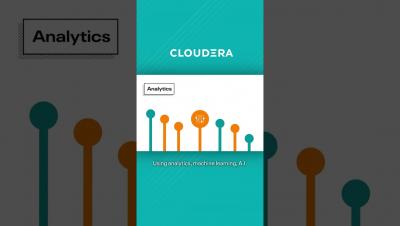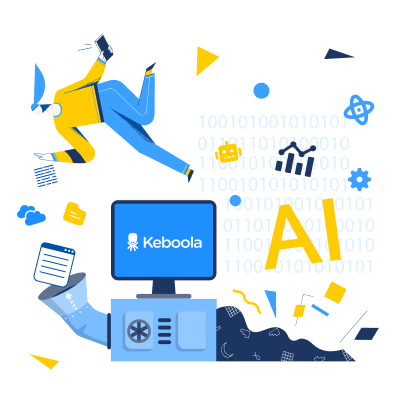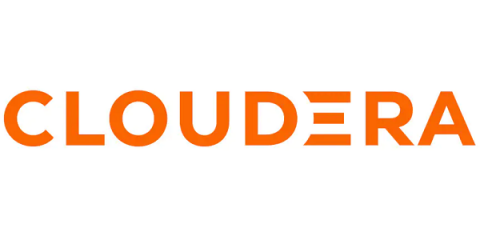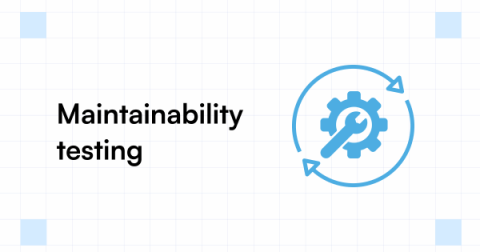Systems | Development | Analytics | API | Testing
%term
What Is Static Analysis? Static Code Analysis Overview
Industry Impact | Intelligent manufacturing operations | Short
Designing a Scalable Backend in Node.js
As a developer supporting a growing business, you’ll likely spend a lot of time thinking about scaling. We live in a wonderful time to be solving scale problems. Computers are so fast and capable that many of the development decisions you make when writing backend systems won’t noticeably impact performance(until your app reaches an absolutely massive scale). If this weren’t the case, we’d all be writing web servers in C.
Your Test Automation Strategy is NOT Your Test Strategy
Kong Konnect: A Developer's Guide
In this guide, Viktor Gamov (Principle Developer Advocate at Kong) will dive into the power of Kong Konnect, the SaaS managed control plane for Kong Gateway designed for seamless API management. We’ll explore how to use Kong Konnect to configure external services, enable application registration, configure Dev Portal, use credentials to manage services access, and replicate configurations across different environments with just a few clicks. Let’s get started!
How to deliver successful AI products with Keboola?
Can You Manage Requirements in Jira?
Beyond Monitoring: Introducing Cloudera Observability
Increased costs and wasted resources are on the rise as software systems have moved from monolithic applications to distributed, service-oriented architectures. As a result, over the past few years, interest in observability has seen a marked rise. Observability, borrowed from its control theory context, has found a real sweet spot for organizations looking to answer the question “why,” that monitoring alone is unable to answer.
Maintainability Testing | What, How to Measure & Best Practices
All software undergoes continuous modifications. Sometimes developers do so to fulfill clients’ requests, and other times it is to upgrade the functionality or security features. But whatever the case, any changes made to the software require continuous monitoring and maintenance. Testing software for how maintainable it is, is called Maintainability testing. Let’s dive deeper into the subject in this blog. We will also talk about automated testing with maintainability testing.











